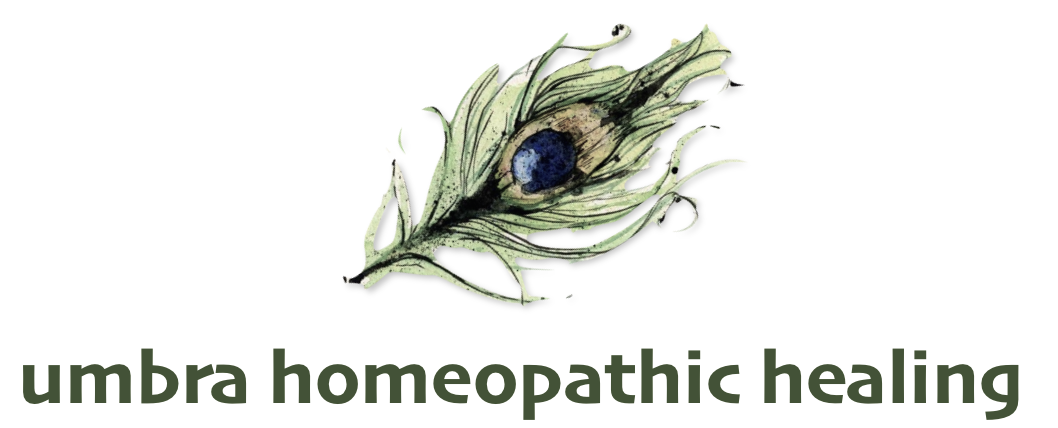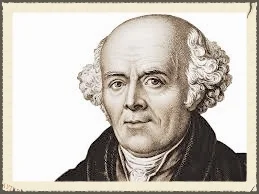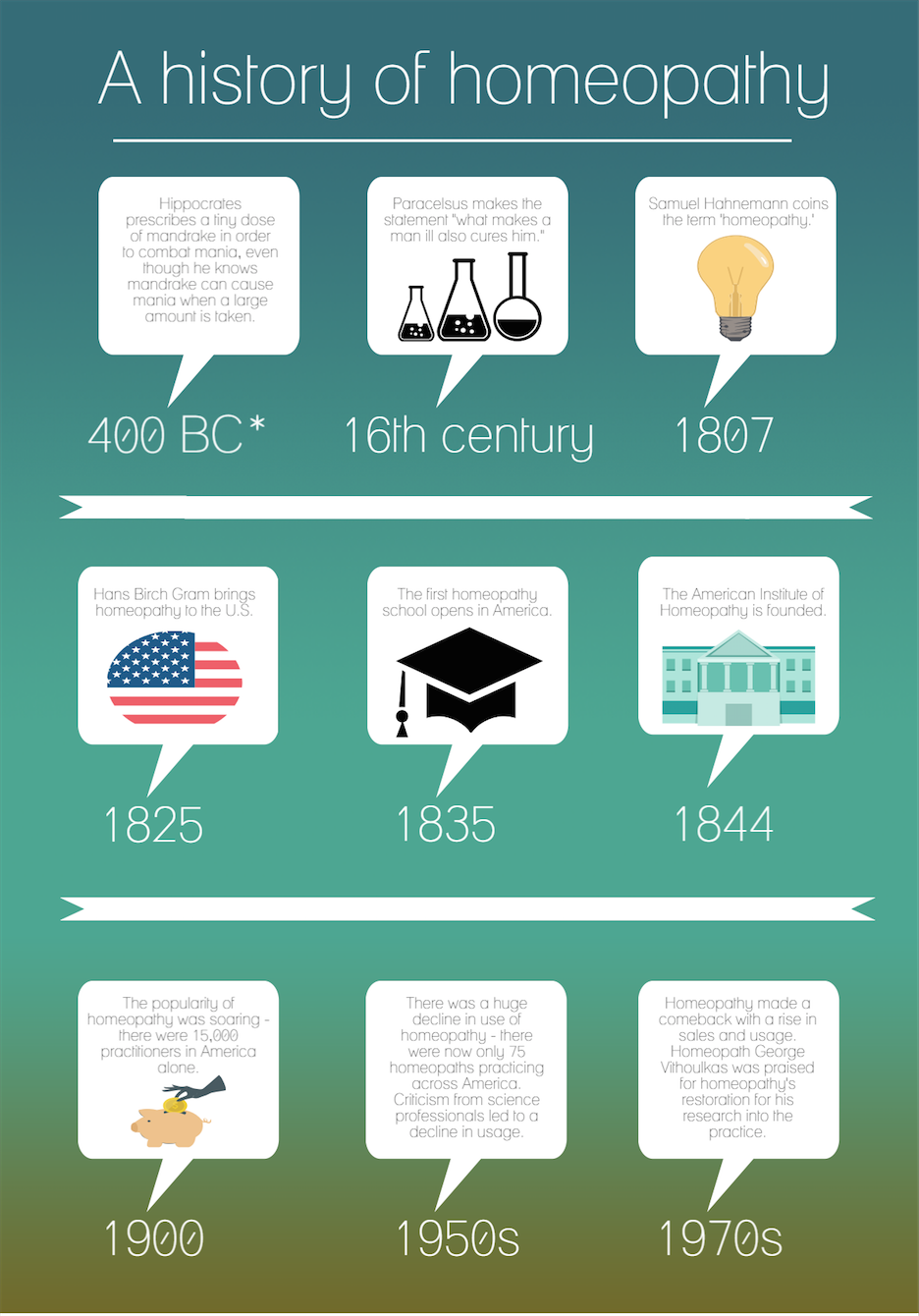the history of homeopathy
Homeopathy has been used for over two hundered years to successfully treat various health related conditions around the world. It was founded in Germany over two hundred years ago by a physician, Dr. Samuel Hahnemann (1755-1843). However the theory on which it is based, dates far back in human history to the time of Hippocrates, called the father of Western medicine.
At the time when Dr. Samuel Hahnemann was introducing homeopathy, around the beginning of the 1800s, the orthodox medical techniques in vogue were horrific: bloodletting, the use of crude doses of toxic substances such as mercury and arsenic, and gut-wrenching nostrums and potions. Hahnemann was not the first or last person to proclaim that these mainstream treatments did more harm than good. His assessment of the prevailing system was that it was entirely too painful, invasive and toxic.
Instead of suppressing symptoms, the key principle of homeopathy was that a substance that could create symptoms in a healthy person would cure those same symptoms in a sick one. Dosing was predicated on the principle that “less was more.” And instead of routinely and thoughtlessly treating the symptoms of the “disease”, homeopathy discerned how the individual expressed symptoms as a guide to the true nature of their illness.
However, acceptance of the new system was not universal. Despite the success of homeopathy in in both acute epidemics and chronic disease, the medical community was up in arms. Orthodox physicians and pharmacists were suffering financially. What had been their monopoly for hundreds of years was being eroded by the new system of medicine. It didn’t help that Hahnemann was a vociferous opponent and critic of the allopathic system and put conventional physicians on the defensive. Homeopathy was also radically different from what they were used to. There was no single prescribed treatment for a specific diagnoses. Even to arrive at a specific diagnosis, each patient had to be studied individually. To a coomunity that relied on large, toxic doses of poisonous substances, infinitesimal, extremely diluted doses seemed inefficacious.
Despite this opposition, homeopathy arrived in America in the 1820s and flourished. Throughout the 1800s, the practise of homeopathy began to spread quite rapidly throughout Europe and the United States, due in particular to its success against deadly epidemics of cholera, yellow fever, scarlet fever, small pox, influenza and others. It became incredibly popular with patients and the media. However, by the turn of the 20th century, there was a sharp change in the momentum of Homeopathy, especially in America. A major reason for this was the scientific advances made in the late 19th and early 20th century, especially the work around the germ theory of disease and the discovery of antibiotics. Disease diagnosis improved and allopathic therapies began to reflect rationality in their approach. Antibiotics cured many diseases which before had been difficult to treat. New medical and surgical techniques captured the imagination of a society infatuated with science and scientific progress.
The infamous Flexner Report of 1910 resulted in tighter regulation of medical schools and their curricula. Homeopathic medical schools were forced to adopt allopathic curricula and pharmaceutical labs or had to face loss of accreditation and funding. Along with persecution by the AMA and other factors, this report effectively shut down all non-conventional medical schools in the United States and Canada. Only two of the homeopathic medical schools temporarily survived this attack. Most of the women’s and black medical schools were destroyed as well. The report effectively marginalized all non-conventional forms of medicine including osteopathy, chiropractic and naturopathy in America.
By the 1960s, there remained only a handful of competent homeopathic practitioners in America, no homeopathic medical schools, no homeopathic hospitals and only a few homeopathic pharmacies. However, homoepathy continued to survive in Europe and Latin America and actually grew and flourished in India. During the 1970s and 1980s, interest in homeopathy revived driven by patients who were frustrated by the limitations, harmful side-effects and prohibitive costs of conventional medicine and looking for a gentle, patient-centred, non-invasive form of health care. This interest has continued to grow and now there are several schools that teach homeopathy and two national organizations that certify homeopaths in the United States.


